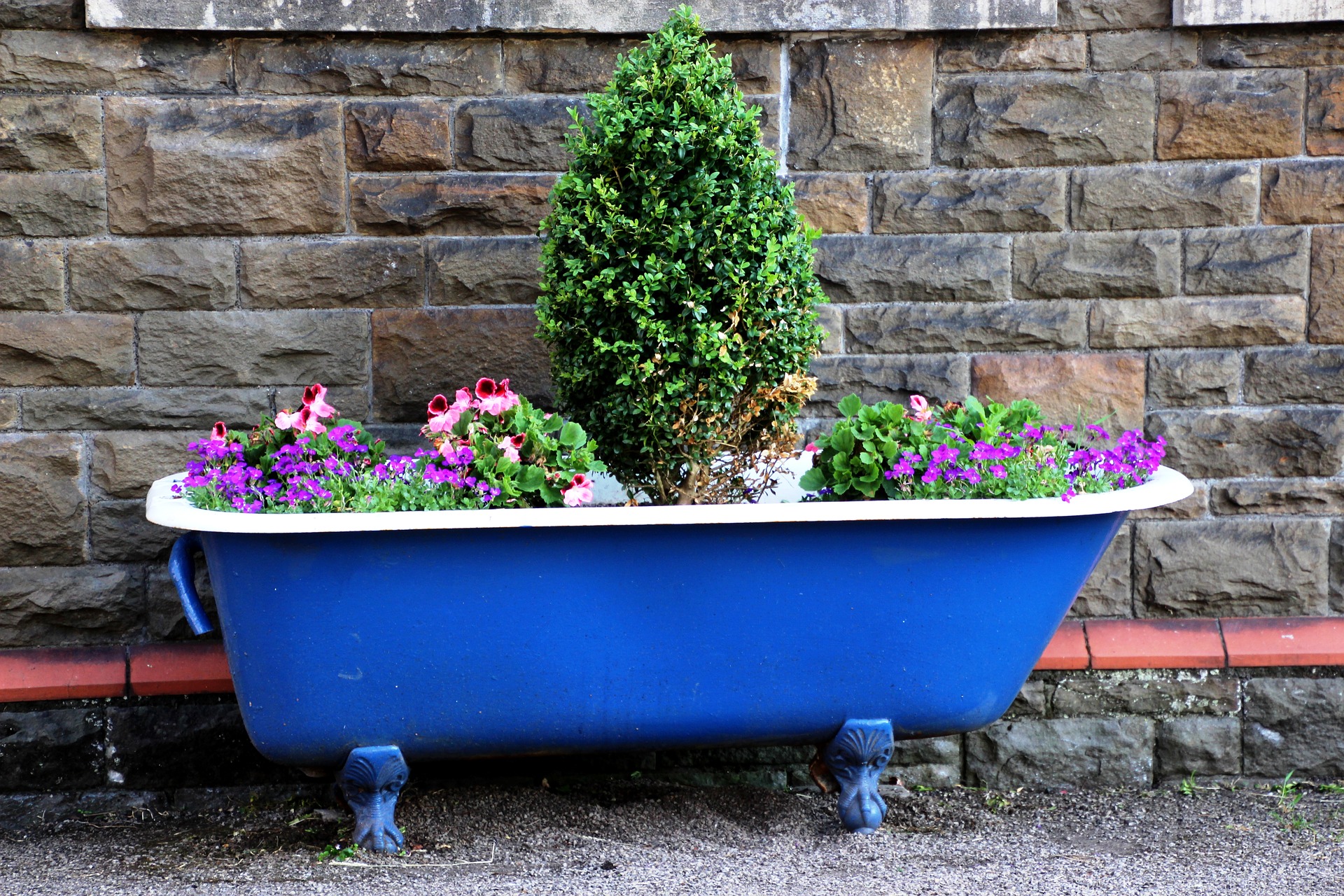The trees are blooming, daffodils are coming up, and grass is growing. You and your children are bored stiff, tired of being shut-in due to the “stay at home orders.”
You have been to the store and looked at the picked-over, if not empty, shelves and have
wondered how much longer “this” will go on, and what you can do to lighten the grocery bill.
(The good news is you have survived the great Toilet Paper Rush of 2020.)
You don’t have a farm, a big yard, or plot of land to grow a garden, nor do you have the tools to dig-up your yard. You also know that gardening can be an oppressive long term commitment that breaks your back hoeing and weeding and then, fight the rain, mud, bugs and deer to tend to a garden.
But your children are at home, with tons of energy to help you, and since none of us knows what the future holds, perhaps setting up a kitchen garden may be the option for you.
Traditionally, our parents and grandparents would till a piece of their land (or yard) to plant gardens. Normally, the potatoes would be planted on Good Friday, and then lettuce, onions, broccoli, cabbage, snow or sugar snap peas and cauliflower (the cold weather plants) would be planted shortly thereafter.
Generations before us established and passed down wonderful old wives tales/guidelines on planting, like planting the potatoes on Good Friday, cutting the seed potatoes so there are three eyes to a cut (Father, Son, Holy Ghost) and putting three cuts to a hill. Also, to strengthen the plants and increase yield, for the most part, planting root crops in the full of the moon, and planting above ground crops (beans, tomatoes, lettuce) in the new moon. oldmooresalmanac.com
In today’s world, most people don’t have the tools, space or time to plant a huge garden at least a big enough garden to feed a family of five for a year. Now people either plant raised-bed gardens or container gardens. .
Container gardening or raised-bed gardening isn’t new, and it can help keep fresh food on your table throughout the summer, and sometimes, even through the winter or when times are hard.
It is also something to occupy your children during the time that you and your children are “staying-at-home”.
Various “containers”, from the old metal tub you use to ice down the drinks for a summer picnic to garbage cans, to actually building a raised bed can be used to grow your food.
For instance, take the old metal tub that you use for picnics, drill holes in its the bottom.
Place some gravel or creek rocks in the bottom. Fill to ¾ the way full with potting soil (or container garden soil – if you use soil from your yard you will also get weeds).
Put a stake in the middle and plant two cherry tomato plants in the middle, circle the tomato plants with the lettuce seed and finish by going around the outer ring with onion sets (planting with the peak pointed up). This “Container”, “Salad Garden”, if kept watered and maintained can produce well into fall.
Another form of “Container Garden” is a trash can on wheels (Please don’t use the WM cans!).
Drill holes in the bottom, place a couple of inches of rocks in the bottom for drainage. Add about 8 inches of soil. Cover over with seed potatoes (Eyes up so they can see where they are growing) and cover with another 6 inches of soil. Keep moist, and as you get an inch of growth add another 6 inches of soil – keep covering as the tops break through the soil. When you finally see green leaves at the top of the can and cannot add any more soil, allow the tops to grow. At the end of the season, dump out the can on a tarp and collect your potatoes.
Containers filled with potting soil can be used to grow tomato plants, peppers, zucchini, squash, all types of herbs, cucumbers and bush beans (a type of bean that forms in bushes instead of vining).
A person who is handy with wood working can take two 12 foot x 12 inch and one 8 foot x 12 inch untreated boards and build a garden box. Cut the 8 foot board into two 4 foot boards.
Paint all of the boards, covering all surfaces. Take the each of the 4 foot boards and join one each to opposite ends of the 12 foot boards forming a box.
Where your box will be placed, cover the ground with landscaping fabric or Typar. Set the box on it and cover with stone. Next put three bags of sphagnum moss and three bags of manure into the box and cover that with four bags of potting soil and mix. Cover the dirt with landscaping fabric and cut holes in the fabric and plant your seeds/plants.
The boxes can be used to grow most vegetables. Keep them watered (mostly during summer) and watch them grow.
If you plan to add shrubs to your landscape, instead choose to plant blue berry bushes or other flowering/fruit producing bushes.
If you plan to plant trees, instead planting a shade trees, plant fruit trees.
If you have flower beds, instead plant strawberries or tomato plants. It is not hard.
But before you finish, plant some flowers to attract and feed the bees.
Without bees, your plants and trees won’t be pollinated, and will not produce!

